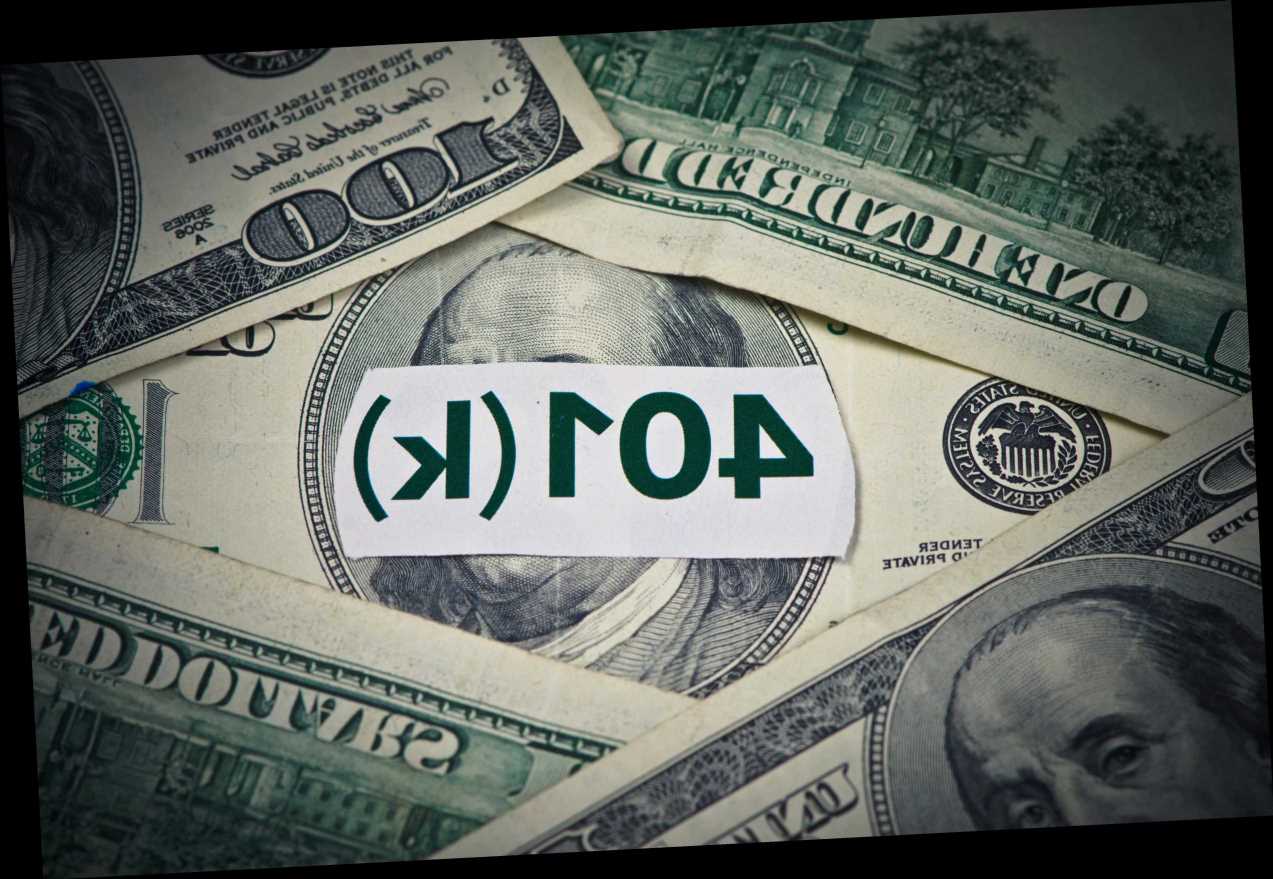YOU might think you’re getting the employer match all year long, but you’d better double check your front-loading 401(k) contribution and make sure you’re not missing out on free money.
Front-loading your 401(k) maximizes your money’s time in the market, which results in a better return towards your retirement funds.
How your 401(k) match works
Let’s say you make $80,000 a year in salary and if your employer matches 4 percent of your salary dollar for dollar – you would assume that you’ll get an employer match on the first $3,200 you contribute to your 401(k).
In other words, your 401(k) account gets an extra $3,200 provided by your employer.
However, that’s not the case. Your employer doesn’t know if you’ll work 12 full months for the year.
They don’t know whether you’ll get a raise midyear or if you’ll take lower compensation at some point in the year for extended time off.
So, instead of matching your contribution based on your annual salary, employers usually base their matching contribution on your compensation for each pay period throughout the year.
That $80,000 annual salary breaks down to 24 pay periods of approximately $3,333 each, and your employer’s 4 percent match ends up going toward the first $133 or so that you contribute each pay period.
If you don’t make a 401(k) contribution during a pay period, there’s no match.
If you stop contributing midway through the year, you could be missing out on a portion of your match.
There are several reasons why contributors stop.
You might stop because you hit the annual contribution limit early (related to the front-loading of contributions strategy).
You might also stop because you thought you’d contributed enough to guarantee the company match and moved to funding an IRA, a Roth or some other retirement accounts.
To account for this issue, some 401(k) plans have what’s called a “true-up” provision.
At the end of the year, the plan administrator will determine how much the company match should’ve been if you had contributed evenly throughout the year.
The company will contribute those funds sometime at the beginning of the year following your contributions.
Check with your 401(k) plan administrator to see if your plan has a true-up provision.
If it does, you don’t have to worry as much as missing out on the employer match for contributions you’ve already made – but you should still consider making changes to how you contribute in the future.
That’s because if you’re terminated or leave your job midyear, you won’t get that true-up match at the start of the next year.
How to adjust your 401(k) contributions to front-load and still get your full match
Let’s back track to the example of the employer who gets paid $3,333 twice a month and gets a 4 percent employer match (equal to $133 per pay period).
Normally, that person will need to contribute at least $133 (and 33 cents, to be closer to exact) to a 401(k) in each of the 24 pay periods during the year to get their full employer match.
That creates a total employee contribution of $3,200 for the year (as well as the employer contribution of $3,200)
IRS rules in 2020 say that employees can make tax-deferred contributions of up to $19,500 toward their 401(k) plan.
That leaves $16,300 in contributions still potentially available to add to the plan.
Let’s say you want to max out your contributions and your overall budget allows for that level of contribution.
You also want to front-load those contributions to enhance your return and you have the discretionary income to contribute $1,000 per pay period (or an extra $867 above the minimum needed to get the match).
It takes just a little more math to determine how many pay periods you should maintain elevated contributions to fully max out your retirement plan without missing out on the employer match throughout the year.
If you divide $16,300 by the additional $867 per pay period that you are contributing, it will take 18.8 pay periods to cover the added contributions.
If you round it to 18, through your first 18 pay periods you will have contributed $18,000 – leaving you with six pay periods left in the year and $1,500 still to contribute.
That means contributing $250 per pay period through the rest of the year to max out your contribution.
But always remember to increase your withholdings again at the start of the next year to repeat the process.
By planning out your scenarios at the start of the year you can help make sure you don’t miss out on the company benefits you deserve – while also maximizing your retirement strategy.
Plan you contributions to max out your match while front-loading your investments and you’ll improve your chances of growing your 401(k) balance as much as possible.
Source: Read Full Article


